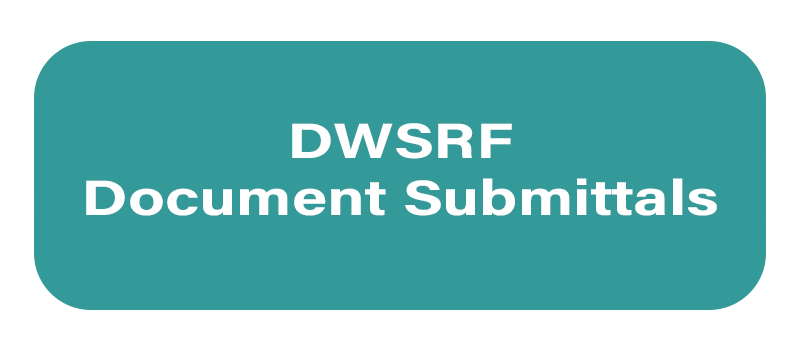Drinking Water State Revolving Fund (DWSRF)
Many Oklahoma water systems are looking for affordable financing options in order to construct needed drinking water system improvements necessary to comply with the Safe Drinking Water Act. Until 1997, the state did not have a lower than market rate loan program to assist water systems. The 1996 Amendments to the Safe Drinking Water Act (SDWA) allowed EPA to make a grant to Oklahoma to fund a Drinking Water State Revolving Fund (DWSRF). The primary purpose of the program is to provide low interest loans and other financial assistance to municipalities and rural water districts for the construction of public water supply projects. The Department of Environmental Quality (DEQ) administers the DWSRF and the Oklahoma Water Resources Board (OWRB) assists with the financing requirements of the program.
Systems eligible for loan money include towns and municipalities with proper legal authority and rural water districts established under Title 82 of the Oklahoma Statutes. Private water corporations (for profit) or non-profit water corporations are not eligible for loan money.
The categories of drinking water projects eligible for assistance are:
- Treatment system
- Distribution/storage system rehabilitation
- New transmission/distribution systems
- New intake/raw water lines
- New storage
- Wells
Costs associated with the planning, design and building of the eligible categories of drinking water projects are considered allowable. Eligible construction costs will be based on the lowest responsible bidder. Project-related costs associated with the acquisition of land are eligible only if needed for the purposes of locating eligible project components. The land must be acquired from a willing seller.
Program Requirements are:
- Projects must be listed on the DWSRF Project Priority List (PPL) and current Intended Use Plan (IUP) maintained by the DEQ;
- Engineering report as required by the DEQ, including a cost-effective analysis;
- Sufficient economic and environmental information for the DEQ to issue an environmental decision regarding project impacts;
- Public participation/public hearing with public notice;
- Project will be required to comply with federal SDWA requirements and federal cross-cutting laws and authorities.
Bipartisan Infrastructure Law
Infrastructure Investments and Jobs Act (IIJA), also known as the Bipartisan Infrastructure Law (BIL), was signed into law on November 15, 2021. The law’s investment in the water sector is nothing short of transformational. It includes billions of dollars over the next 5 years to the DWSRF through EPA to strengthen the nation’s drinking water systems. The BIL provides additional capitalization grants for DWSRF General Supplemental Funding, Lead Service Line Replacement Funding, and DWSRF Emerging Contaminants Funding. All these new funds are subject to the same governing rules, regulations, and conditions as the DWSRF Base Program. A brief description of each of these awards is provided below along with the anticipated amounts the Oklahoma DWSRF Program will receive in the first year:
- General Supplemental – This is an additional capitalization grant that can be used for any eligible DWSRF drinking water project. Oklahoma’s allotment is $25,508,000 during state fiscal year 2023, 49% of which, or $12,498,920 must be provided to eligible recipients in the form of loan forgiveness/grant.
- Lead Service Line Replacement – This a capitalization grant that can be used only for drinking water lead service line (LSL) replacement projects and/or developing LSL Inventory in accordance with Lead and Copper Rule Revisions. Oklahoma’s allotment is $40,192,000 during state fiscal year 2023, 49% of which, or $19,694,080.00, must be provided to eligible recipients in the form of loan forgiveness/grant.
- Emerging Contaminants – This is a capitalization grant that can be used only to address emerging contaminants in drinking water with a focus on poly and perfluoroalkyl substances (PFAS/PFOA). Oklahoma’s allotment is $10,711,000 during state fiscal year 2023, 100% of these funds must be provided to eligible recipients in the form of loan forgiveness/grant.
For questions about DWSRF, please contact Candy Thompson P.E, DWSRF Engineering Manager at Candy.Thompson@deq.ok.gov, or (405) 702-8104.


